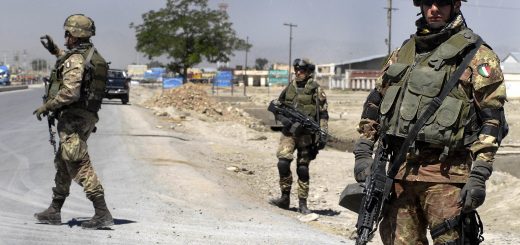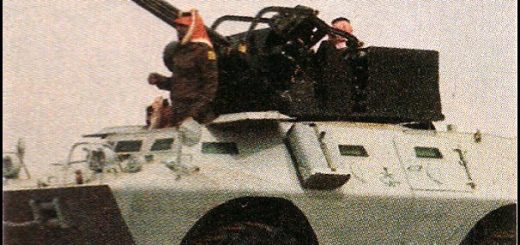Playing with the author of Comitatus
We just had a very enjoyable day with Simon McDowall, who came to visit us this weekend. I dearly thank him for coming, and I wish to write a report of the day.
Simon is author of many well researched and interesting books on late roman warfare (see here), and rulesets on various periods (you may find details here).
On this page you will find a description of a battle fought using our favourite set of rules for fighting the late roman and dark age periods, Comitatus.
We decided to fight a battle inspired by the Procopius’ description of engagements happened during the Gothic Wars, the siege of Rome. We had played once this scenario on a much smaller table, (see here) but we wanted to redo it with Simon umpiring. Every wargamer in the world would like to play a ruleset with the author once!!!
Most of the battles were fought just outside the parts of the city walls where the Gothic camps were, but we decided to use the terrain around Porta San Paolo because it has a better visual effect.
On the pictures below, you may find some anachronistic pieces of equipment, like trebuchets and bell tents, we could not resists on putting them on the table. Maybe roman engineers in the hands of the Goths managed to invent them just for this siege, and then the knowledge got lost. Maybe.
Apart from the battle location and some equipment (and St paul statue wih the aureola on top of his head), the scenery and figures are from the actual period.
I just found a battle report from Simon’s Blog, here is the link.
The Battle

Preparing for battle. On the front you may see one of the five Gothic camps around the city of Rome. On the top of the picture, the walls and the city buildings.

The Gothic infantry is approaching the walls with various siege engines, some of them have been conceived just for thsi siege, their design being lost afterwards, they will appear only much later in history…

St Paul’s “outside the walls” Basilica.

The romans have decided to counter the Gothic attack with a cavalry only battle. The troops are mostly heavy horse archers, with some Hunnic Symmachoi and Germanic Foederati cavalry.

The Main Gate. In front the Cestius Pyramid, integral part of the wall circuit.

More Goths are coming in aid of the infantry. One cavalry battle exiting the camp the third game turn, while the third battle, composed mainly of second rate troops, will come out the sixth turn. As you may see, bell tents originated during the gothic war.
The original sixth century ARSM club building can be found on the middle top of the page.

The two enemy generals of the front battle lines are very cautious. They decide to stop outside bow range and wait for reinforcements. This may not be a good idea for the roman general, since he would easily outnumber the Gothic host with they vast amount of bows.

An overview of the battle from a bird circling high over the Colosseum.

A few turns pass without a shot being fired, but the rest of the two armies are rushing forward!
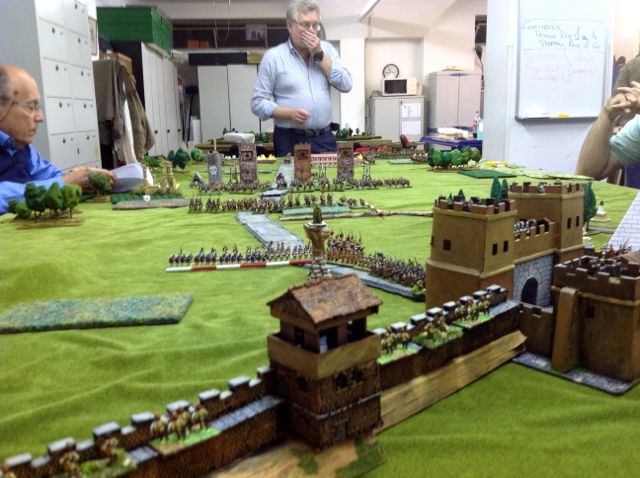
A view of the battle from Bessas’ palace, the roman commander will come out the 9th turn.
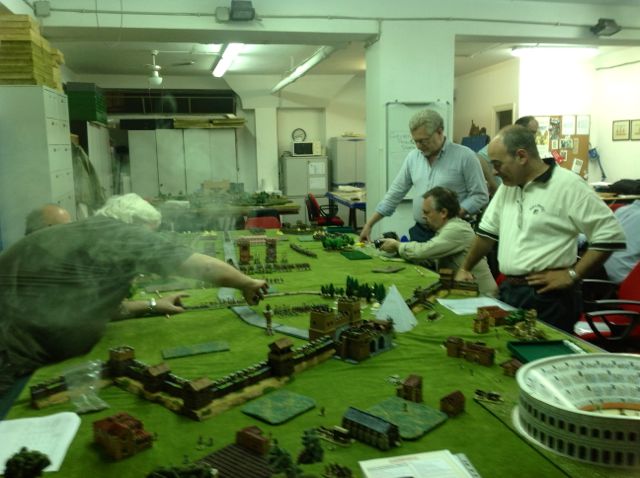
Fog of battle! All the Generals concentrate on directing their troops.

Simon is umpiring this excellent ruleset, the game flows very quickly even with large armies.
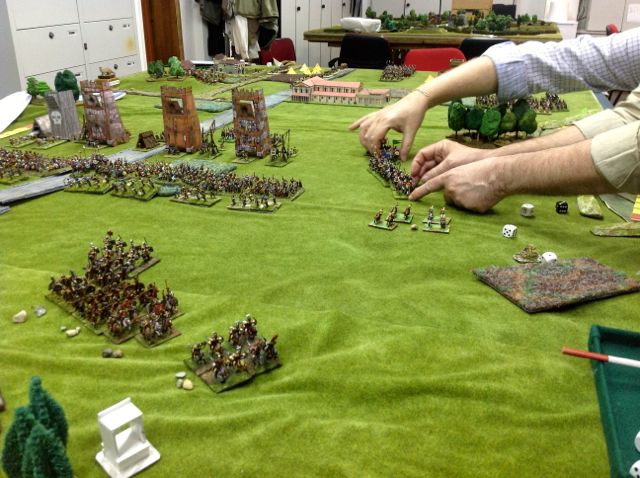
The romans have ordered the hum to detach from the main cavalry body and delay the approaching cavalry column. The rest of the roman cavalry moved to their right of the battlefield. One unit lost their order, being out of javelin shot range, and stops in front of the germnic host.
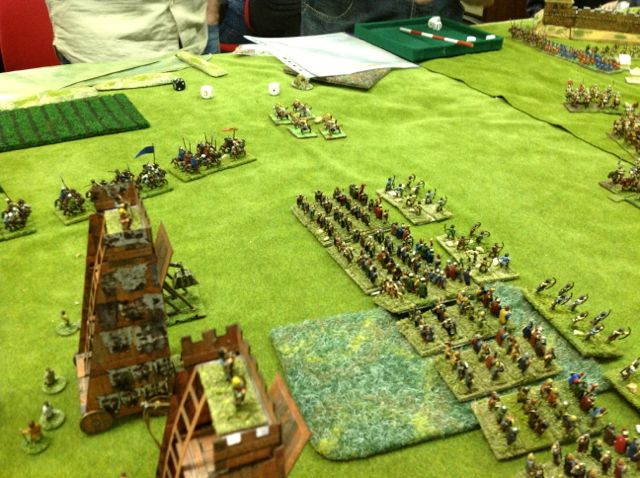
The same view from the gothic side, on the top right the roman citizens appear outside the walls. They long to charge the enemy.
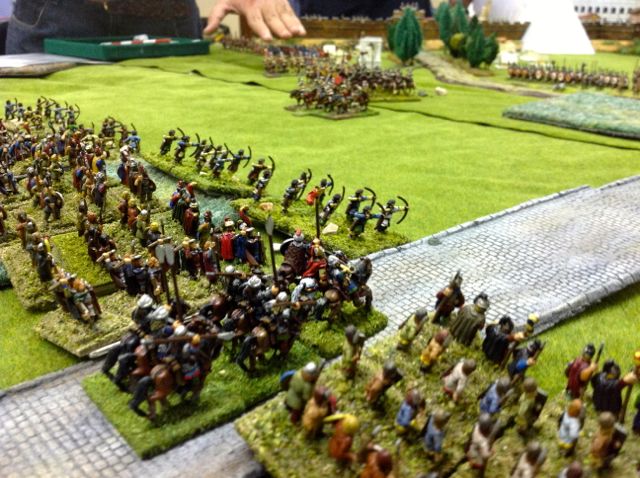
A closeup of the main gothic battle line, skirmishers are in the front and the infantry is in a long double line.

Remains from the late republic are scattered just outside the walls.

Siege engines are now stopped just behind the battle line, they cannot be pushed toward the walls.

Now the roman cavalry fills the gap between the two infantry battle lines. The huns are shooting a hail of arrows to the Comitatus of the cavalry commander. He is wounded! It will be difficult to control his troops with a bad wound!

On bottom right: the roman citizens cheer the roman army which is drawn on a single strong battleline now.

A close view of the roman battle line, archers behind the old legions.

The goths are trying to form a battle line with their cavalry, but the huns are very aggressive and shoot at close range.

A full view of the battlefield. Simon.

The first clash, germanic shock cavalry charging roman infantry supported by archers.

The charge goes home, but it is inconclusive, and the cavalry has to retire.

A second charge forces the Huns to retire behind the steady infantry line.

This is not a nice picture, but it is important to notice that the daring Goths, after their charge, are halted without command in front of the romans. Five cavalry units fire their arrows to this formation, whcih is then charged by the heavy horse archer units.

The unit becomes shaken, looses the fight. The germans get hacked while routing. This is a keypoint of the battle, since there is no second line to defend the approaching column. Some gothic units on the roman right are in great confusion seeing their unit rout. Some cavalrymen run away from the battlefield. The whole cavalry is caught shaken and with broken ranks.

This is the end of the battle. The roman cavalry, moving from the security of their infantry line, will be able to charge the approaching column. The camp near the St. Paul Basilica is lost. The gothic infantry did not receive any losses during the battle. At the cost of loosing all their siege equipment their will seek refuge on a second nearby camp.
Belisarius has now the initiative on this great siege of Rome!


